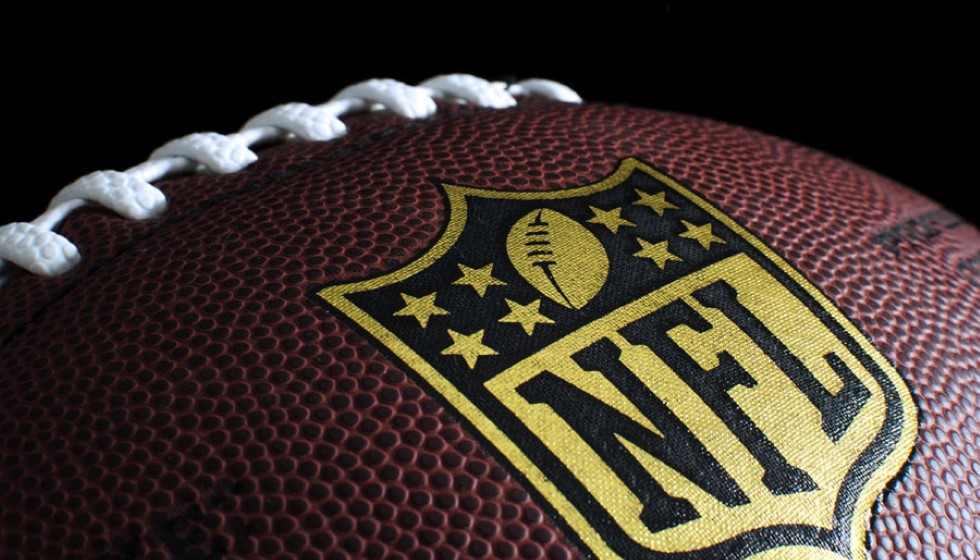
The NFL's recent rule prohibiting the hip-drop tackle has sparked significant discussions and scrutiny as the season progresses. Implemented to enhance player safety, the new regulation imposes a 15-yard penalty and an automatic first down on defenses found guilty of employing the dangerous maneuver. However, the enforcement of this rule has been inconsistent, raising concerns among players, coaches, and fans alike.
Initial Implementation and Enforcement
Since the opening week of the season, the NFL's officiating body has faced challenges in consistently enforcing the hip-drop tackle rule. Throughout the first 31 games, numerous instances of the banned tackle have been recorded, yet penalties remain sparse. For example, officials missed clear instances of hip-drop tackles during the opening week, notably in a game involving Bears linebacker T.J. Edwards, who escaped any penalty for his actions. Despite this, Edwards might still face a fine from the league as a post-game consequence.
Case Study: Joe Mixon's Ankle Injury
Adding to the controversy, Houston Texans running back Joe Mixon sustained an ankle injury that may have resulted from a hip-drop tackle during a recent game. Mixon was seen leaving the field with the injury and was later listed as questionable to return. He did make a comeback in the fourth quarter. Describing the play, Texans head coach DeMeco Ryans remarked, "Joe got rolled up. The guy's weight definitely came down on his ankle. Didn't look good from my view." He further added, "We'll evaluate Joe throughout the week. Hopefully he's okay. Have to see the film and see if it was really a hip-drop tackle." Mixon's injury status remains under evaluation, pending MRI results.
Defining the Hip-Drop Tackle
The NFL characterizes the hip-drop tackle as an infraction where a player grabs or wraps the runner with both hands or arms, then unweights himself by swiveling and dropping his hips and/or lower body, ultimately landing on the runner's legs at or below the knee. This form of tackle is particularly hazardous, carrying a high risk of severe leg injuries that could sideline players for extended periods.
Inconsistent Enforcement and Its Implications
The apparent inconsistency in officiating has not gone unnoticed. Players and coaches have voiced their concerns over the mixed application of the rule. The lack of uniform enforcement not only undermines the rule's primary objective—to protect player safety—but also compromises the integrity of the game. As Joe Mixon himself emphasized on Twitter, "The NFL and NFLPA made it a rule and an emphasis for a reason. Time to put your money where your mouth is."
Future Outlook
With the season still in its early stages, it remains uncertain how rigorously the rule will be upheld going forward. For the NFL officiating body, the challenge lies in striking a balance between maintaining game flow and ensuring player safety. The stakes are high, as every missed call not only poses a risk to players' well-being but also brings the league's commitment to safety into question.
As the situation develops, the football community will closely monitor the enforcement of the hip-drop tackle rule. Officials are tasked with a crucial responsibility: to uphold all mandated safety measures throughout the game. Failure to do so not only compromises the health of the players but also the game's spirit, as it strives to be both fiercely competitive and safe.